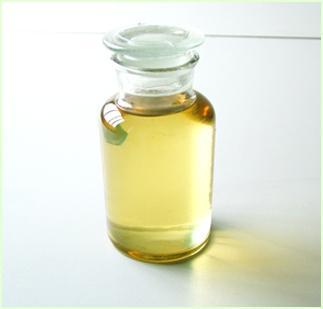

Potassium permanganate replacement:PPR-2
Telephone Bargaining
Potassium permanganate replacement:PPR-2
Potassium permanganate substitute, Potassium permanganate alternatives
Brief information
A highly effective decolorizing agent based on a metal complex-like enzyme catalyst oxidation system, which does not contain heavy metals, halogens, formaldehyde and banned surfactants, and is used for partial replacement of potassium permanganate for local treatment of denim garments.
Properties and fields of application
1. PPR-2 contains no toxic substances such as manganese compounds, chlorine, bromine, iodine, formaldehyde, APEO, etc., which makes the products have lower risk and minimal environmental impact.
2. PPR-2 must use combined with ACC, which can be used to obtain a partial decolorization effect on denim garments. The decolorization effect is more natural and has a perfect nostalgic effect.
3. PPR-2 is suitable for all kinds of fabrics, whether it contains elastic yarn, whether it is indigo or vulcanized, it has excellent decolorization effect.
4. PPR-2 is simple to use and safe to operate, and can be used as potassium permanganate without additional steps and baking.
General properties
PPR-2
|
Appearance |
yellow translucent liquid |
|
pH (1% aqueous solution) |
2-3 |
|
Solubility |
soluble in water |
|
Compatibility |
Avoid contact with any reducing agent, ammonia, chlorine compound or alkali |
|
Environmentally friendly |
free of heavy metals, halogens, formaldehyde, APEO AOX, etc. |
Application
1. PPR-2 is mainly used for desizing a clean denim fabric, which must be rubbed before spraying. It is not recommended for raw spray. If you want to spray, please test it first, and you must first wipe the fabric and then spray it.
2. PPR-2 is usually sprayed locally with a spray gun. Depending on the desired effect and factory conditions, tools such as sponges, brushes and gloves, or soaking methods can be used to achieve different treatment goals.
3. After the PPR-2 is applied to the garment, place the garment at room temperature for 20-30 minutes to allow the product to react gently and completely without drying to accelerate the reaction.
4. Before the subsequent washing, please strictly and correctly neutralize according to the following process:
Treat with 2-3 g/L sodium metabisulfite(or oxalic acid)at 40-50 °C for 10 minutes.
Dosage
PPR-2 80-85%; ACC 15-20%
(ACC is a catalyst of PPR-2, which can greatly improve the decolorization performance of PPR-2 and improve the whiteness of decolorized parts)
It is easy to see the effect with a spray gun. The specific amount varies depending on the desired effect and the fabric. Normally, a piece of clothing is 100-150 g.
If you need a heavier effect, you can use microfiber gloves for local treatment.
Notes
1. Considering the type of fabric and the process used, it is always advisable to conduct a small test before the bulk application to verify the possibility of achieving the final desired result in advance.
Excessive exposure or exposure to high temperatures can affect the discoloration of the product or accelerate its reaction, and may also cause damage to the strength and elasticity of the fabric.
2. The bleach working solution should be used up within 12 hours. After more than 12 hours, the bleaching performance will gradually decline, affecting the bleaching effect.
3. PPR-2 is not as permeable to fabric as potassium permanganate. After spraying the working fluid, it is recommended to apply the working fluid evenly with a brush.
4. Some plastic box metal containers (or aids) are sensitive to the product. If possible, use only high density polyethylene or stainless steel containers, or check stability at least in advance.
Packaging and storage
60 kg or 125 kg plastic drum. Store at room temperature, avoid direct sunlight, and avoid any reductive contact and remain stable for at least 6 months.
| Industry Category | Chemicals/Textile-Chemicals-and-Auxiliary |
|---|---|
| Product Category | |
| Brand: | unocalchem |
| Spec: | |
| Stock: | |
| Origin: | China / Shandong / Weifangshi |
